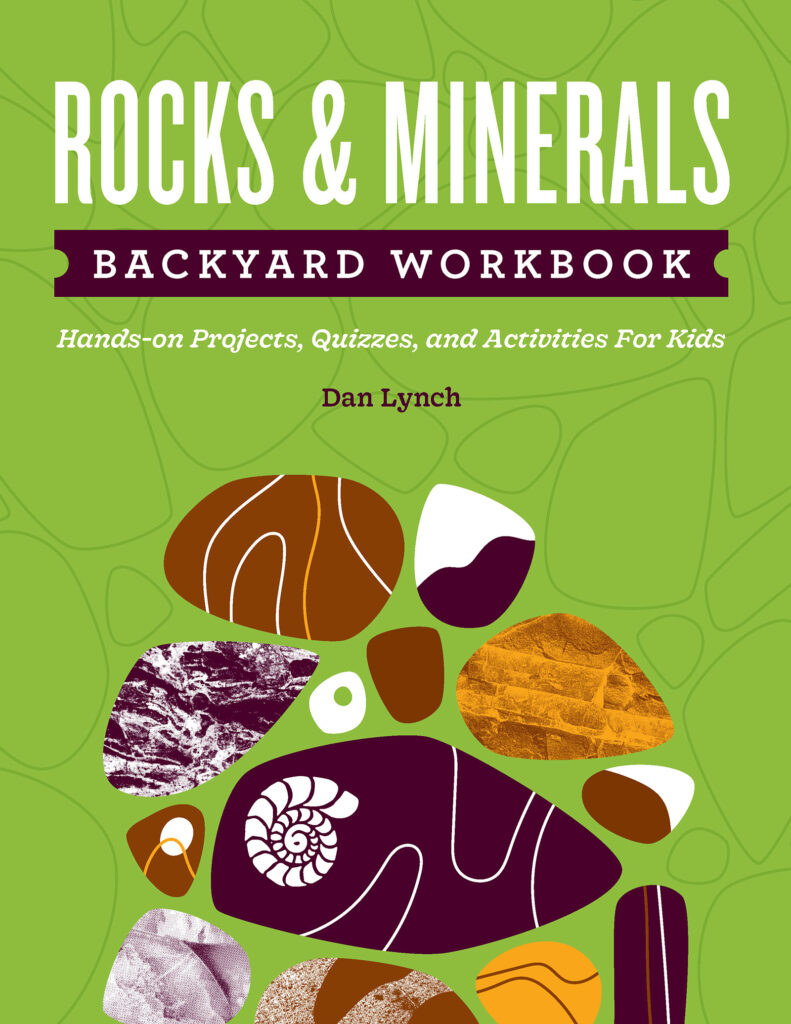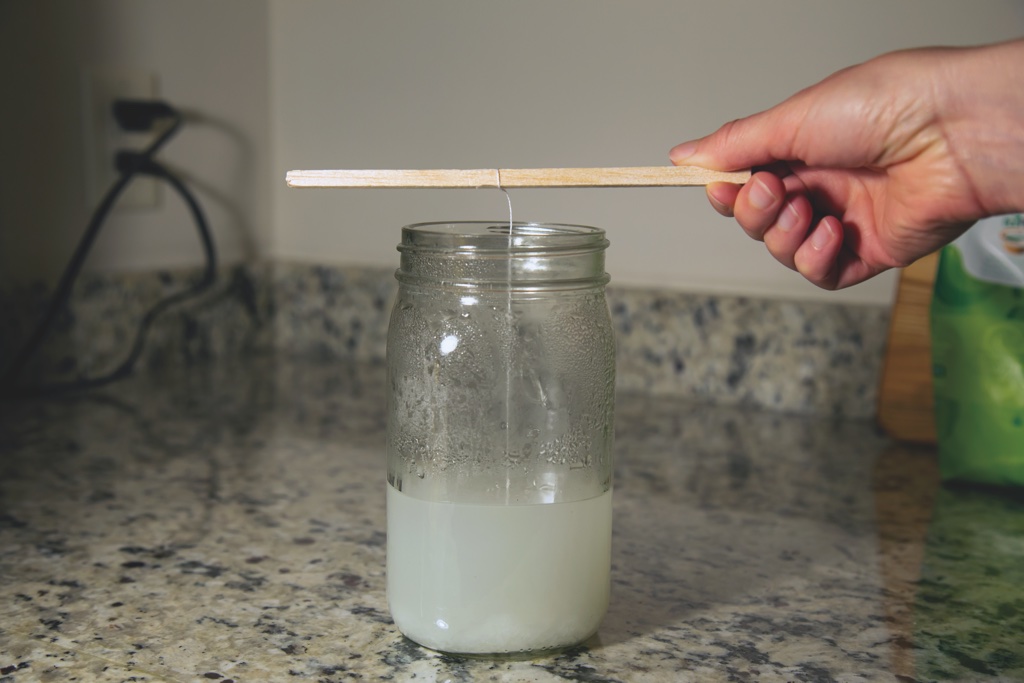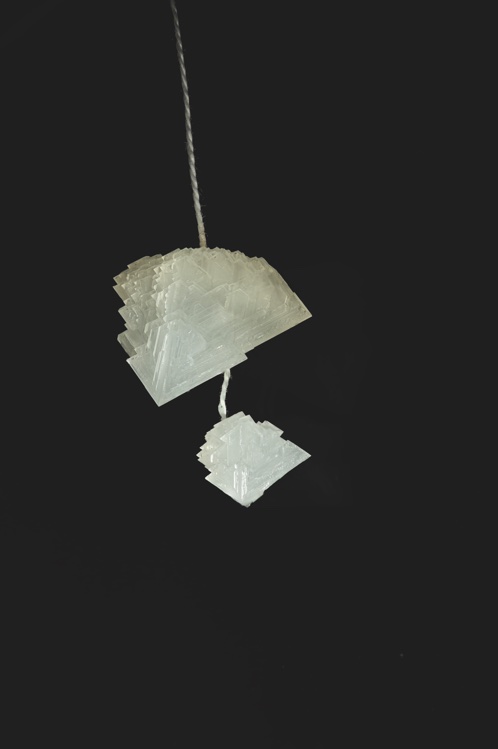
How to Grow Your Own Crystals
In his book Rocks & Minerals Backyard Workbook, Dan R. Lynch features more than 20 simple, fun introductions to a variety of rocks and minerals, including granite, sandstone, gemstones, and more. Plus, more than a dozen activities help kids to make hypotheses, experiment, and observe. The 19 hands-on science projects―such as starting a rock collection, and testing the hardness of minerals―put students in control of their own learning. Today, Dan shares with us how to grow your own crystals.

Crystals are hardened minerals. Each mineral forms crystals of a specific shape. For example, the mineral called pyrite usually grows crystals shaped like square blocks. And no matter where in the world you find pyrite, chances are, it’ll have the same blocky shape.
There are many kinds of crystal shapes, such as sharp points, flat plates, and some that even look like little trees! To better understand how crystals can form, you can grow your own at home! You’ll need an adult’s help, but it’s easy to do.
What you’ll need:
- Alum in granular form, about 1.5 cups
- Water, 1.5 cups
- A 32-ounce wide-mouth canning jar
- A small saucepan
- A stirring utensil (something disposable, like a wooden stir stick, is preferable)
- A piece of string at least 5 inches long
- A pencil, dowel, or other short, stick-like object

Note: Parents, there are several types of alum available. For the best results, look for alum consisting of potassium aluminum sulfate—it should specify on the label. This may not be the kind you find in the spice aisle of a grocery store.
Boil 1.5 cups of water in a small saucepan. Begin to add the alum 1 tablespoon at a time, stirring as you add it. The alum will dissolve in the boiling water. Keep adding alum until you have stirred in about 22 tablespoons. By this point, the water should be over-saturated with alum and you should see some grains in the water that won’t dissolve. This is called super saturation, and it will ensure that crystals can grow quickly.
Warning: This activity can stain pans and dishes, so only use older or inexpensive utensils!
Carefully pour the hot, super-saturated water into the jar. Tie the string to the pencil or other stick-like object, and place the stick across the top of the jar. Center the string so it is suspended without touching the sides or the bottom of the jar. Wait about 45–60 minutes. Be careful not to bump or shake the jar, as jostling can slow crystal growth.

After 45–60 minutes, lift the string to see what crystals have grown! You may have one large crystal or several smaller ones. The longer you leave the string in the water, the larger the crystals will grow. However, if you leave them too long, they may grow so large that they fill the bottom of the jar and you’ll be unable to get them out.

In this example, two crystals have grown on the string. The larger one is about 1 inch wide. You just grew crystals from hot, mineral-rich water, just like the way many grow in nature!
About the author: Dan R. Lynch has a degree in graphic design with an emphasis in photography from the University of Minnesota Duluth. But before his love of art and writing came a passion for rocks and minerals, developed while growing up in his parents’ rock shop in Two Harbors, Minnesota. Combining the two aspects of his life seemed a natural choice, and he enjoys researching, writing about, and taking photographs of rocks and minerals. Working with his father, Bob Lynch, a respected veteran of Lake Superior’s agate-collecting community, Dan spearheads their series of rock and mineral field guides―definitive guidebooks that help amateurs “decode” the complexities of geology and mineralogy. He also takes special care to ensure that his photographs complement the text and always represent each rock or mineral exactly as it appears in person. Dan lives in Madison, Wisconsin, with his wife, Julie, where he works as a writer and photographer.
Our Rocks & Minerals Backyard Workbook is part of a series of seven region-specific workbooks, including Rocky Mountains by George Miller, Midwest by Brett Ortler, Pacific Northwest by Robert Niese, South by Erika Zambello, California by George Miller, Northeast by Susan Schenck, and Southwest by George Miller. The books are complemented by Jaret Daniel’s Insects & Bugs Backyard Workbook.
If you enjoyed this post, sign up for our newsletter now and order your copy of Rocks & Minerals Backyard Workbook here.


